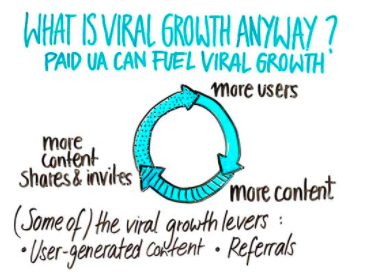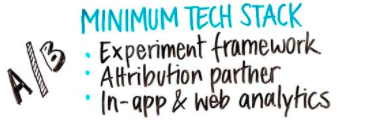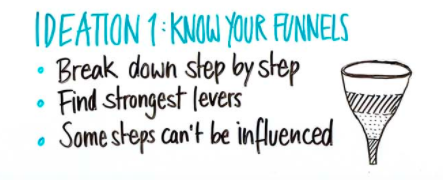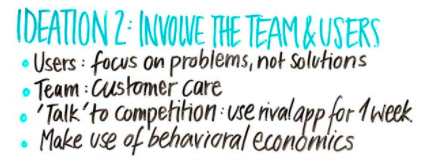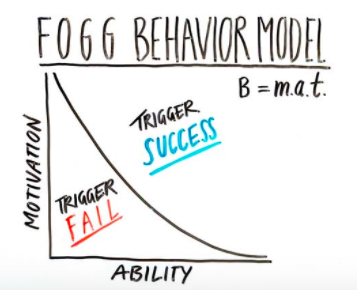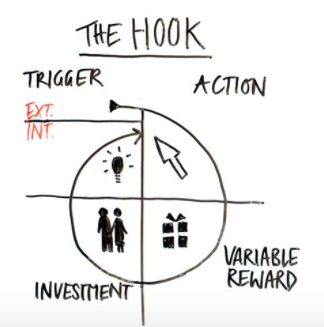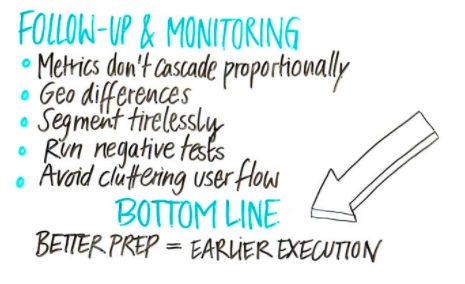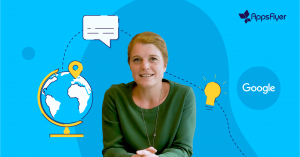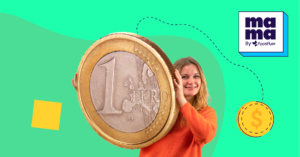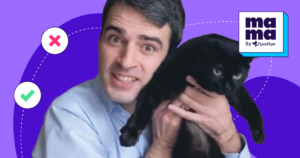
Product growth through virality: A product marketer’s take
Welcome to Edition 32 of MAMA Boards, an AppsFlyer video project featuring leading mobile marketing experts on camera.
For today’s mini whiteboard master class, we have Jegor Ivanov, Growth Product Manager at Jodel, one of the largest European social networks with millions of active users.
Jegor gives us a crash course on launching massive product growth through virality, including the minimum tech required and the complete ideation, scoring, and monitoring processes. He suggests that better prep will lead to earlier execution and, ultimately, more successful product traction. Ready for your viral launch?
Real experts, real growth. That’s our motto.
Enjoy!
Transcription
Hi everyone, and welcome to the new edition of MAMA Boards by AppsFlyer. My name is Jegor and I’m a growth product manager at Jodel, one of the largest European social networks with millions of active users. Today, we’re gonna talk about the product experimentation process for viral growth, as told by the product manager and formerly a marketer.
What is viral growth?
So what is viral growth anyway? For a social product like Jodel, most new users are coming from existing users, especially in existing markets. In short, what this means is that more users on the platform generate more content, which means more content being shared, and then, finally, the new users that are checking out that content are hopefully downloading the app as well.
We have two possible growth levers around virality in Jodel currently. One is the user-generated content that I mentioned already. The second one is referrals. Basically, the users invite other users and they’re credited with karma, or internal currency, for it.
Now, the difference between linear channels, like paid user acquisition and viral growth, is that the viral growth self perpetuates. If one user invites another user, or more, your product is bound to grow. The paid user acquisition can be complementary to viral growth because if you pay for a user but this user invites another one, then you’re better off with the ROI.
What is the minimum tech stack I can have?
Finally, it’s not entirely in the domain of the product people to run experiments, right? If you’re a marketer that is aiming to switch over to product, or perhaps your product team is small, but the marketing team has got some power to support, you may use the following tech stack in order to start iterating and experimenting with viral growth.
First and foremost, you’ll need an experiment framework. You want to trust the results of the data of the experiment. That means you need to assign randomly into two groups so that you can compare the results of the experiment.
Second, no less importantly, you need an attribution partner. One thing to measure are the shares inside of the app and the recipients getting the links, but what you care about the most are the installs at the end. Without the attribution partner, you can’t measure this.
Finally, all of these growth hacks and optimizing a viral loop should not get in the way of the retention and engagement of your existing users. For that, you want to be able to measure user performance in-app and on the web in case of the user-generated content flow.
How can I find a good idea for a viral growth loop?
How do you come up with a good idea for a viral growth experiment? Truth be told, unless somebody has been practically looking after virality in your product, the data can probably tell you quite a bit.
If you fetch the data for all the funnels that are involved in the user-generated content flow, specifically how many people are sharing outside of the app; how many people are receiving those links and clicking on them; and how many people get into the store and download the app, you’ll probably learn quite enough and would be able to find the strongest lever out there. If you benchmark these numbers against the industry standard, you would probably find out that one of the sections of the flow is easier to optimize than the others.
Remember, you want to take note of the fact that not every stage of the user-generated content viral loop can be optimized. For instance, you can’t select which messenger the user will use, but you can optimize the share snippet. We’ve all seen those large share URLs with a lot of UTM parameters and nobody really wants to click on them. So if this was substituted with a nice little share snippet with an image and a preview of the landing page, that could also be an idea for you to grow through virality.
What else does the ideation process involve?
The second part of ideation comes down to people. One group of the people involved is your users. I wouldn’t recommend asking your users for the solutions, but the users can often point out the problems in the flow. Even when it comes to sharing content (in the case that sharing is not working), they might as well tell you. Therefore, talk to users proactively and try to identify the problems, especially in the viral growth loops.
The second group involved in ideation is the team, specifically the customer care people. They do hear from the users a lot and even when it comes to virality, they may have a good idea or two on how you could generate more invites. Maybe there’s something the users are interested in receiving and this could be the incentivized referral idea for you.
The third group involved is actually the competition. If you use the rival app for one week with all the notifications on, with all the channels on, you would probably learn a thing or two and maybe there is a good nugget of a campaign idea that you could implement in your flow as a result.
Are there any models to help illustrate viral ideation?
Moving more to the theoretical now, there are a few models out there within behavioral economics that might help you structure your thinking around triggering users to perform certain actions.
The first model I would like to briefly introduce is the Fogg Behavior Model. This line here [on the chart] is the action line. Basically, in order for the action to occur, Fogg suggests that there needs to be motivation, or how psyched users are to actually complete the action. There also needs to be ability. The user needs to know how exactly to share from your app, for instance. And then, there needs to be a timely trigger. If all three of those come together, then the behavior happens. If not, then it doesn’t.
Now, how does this process help you think about ideation? If the user is low in motivation, you may think of priming the user so that they understand why this action is important, thus moving them to the action line. If the user is low on ability, they may not know how to share out of your app. Perhaps a little tooltip explaining how the share function works in the app could move them over to the action line, again yielding the action for you.
Another interesting model that helps one ideate around product growth is the hook model. It suggests that once the user is triggered and completes the action, the user needs to be rewarded for the variable amount.
At Jodel, we ran one experiment around variable rewards specifically, where we changed the amount of karma that we assigned for each successful invite from a static to a random one, and ended up lifting the numbers significantly. Thus, the user traveling through this hook establishes a habit. The model suggests that such a habit is at the core of healthy growth, as opposed to just hacking it together.
What role do scoring and prioritization play in executing your idea?
Okay, so how does one move from ideation to execution? The answer is, you really want to know what your first priority is, probably because you’re strapped on resources or aren’t the product manager yet.
Now, you want to avoid bias, because everybody thinks their idea is the best, and this is what you want to cut out. Invite those four or five relevant stakeholders, perhaps the people that have also fed ideas into your flow. Something that we used for scoring in the past is the R.I.C.E model. The model is super simplistic. You basically just score all of the ideas that are sourced on a scale of one to five based on four components: reach, impact, confidence, and effort.
The output of the model is the sorted list of all ideas that sets the ground for a healthy, unbiased, or hopefully, less biased discussion around the ideas. As a result, you may even clarify a single idea that is ready to bring over to the product team. In my experience with product development, coming more prepared usually yields a much higher chance of development. I don’t recommend involving more than four or five people that are already invested with this idea. That makes it more powerful in the organization.
Summary
So, what have we covered here? What’s the bottom line? First and foremost, viral loops can be a source of free new users for you, so you may want to deep dive into that if you have the resources.
Second, by looking at your funnels that are involved in the viral loops, you may have just found the next great idea for a future experiment.
Next, you want to involve multiple stakeholders in the team, because their investment in the process means that it’s more likely to happen. You want to be unbiased and use the scoring technique so that you know that everyone is in agreement on what the next idea is.
Finally, and I couldn’t highlight it more, the more preparation that goes into product development, the more likely it is to be executed soon. We’ve all probably worked with that one engineer or product manager that told you off for wasting their time by being unprepared with your request. So hopefully with this information here, you’re better prepared to ship your first viral growth experiment, or any experiment on the product.
And that’s it for today. If you have further questions or comments, feel free to tweet at me.

